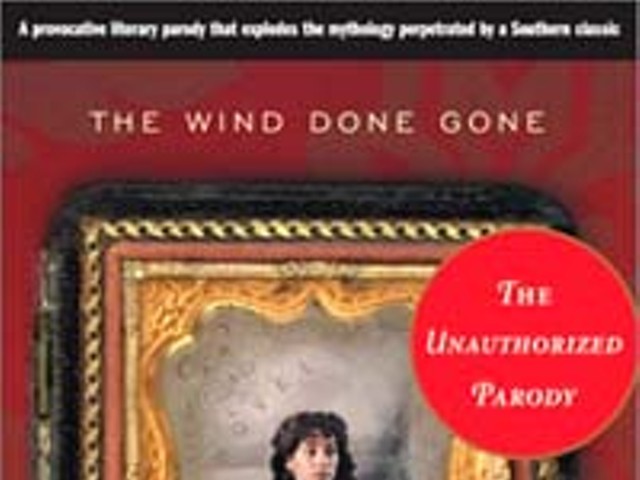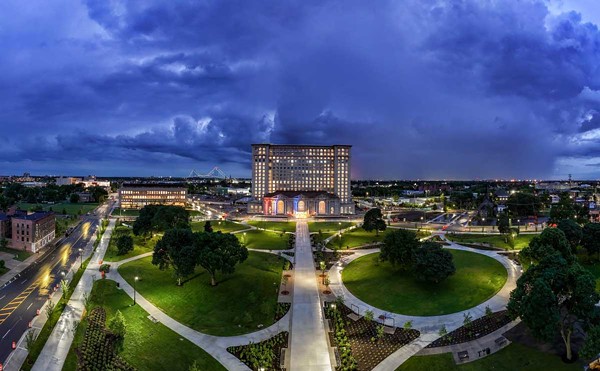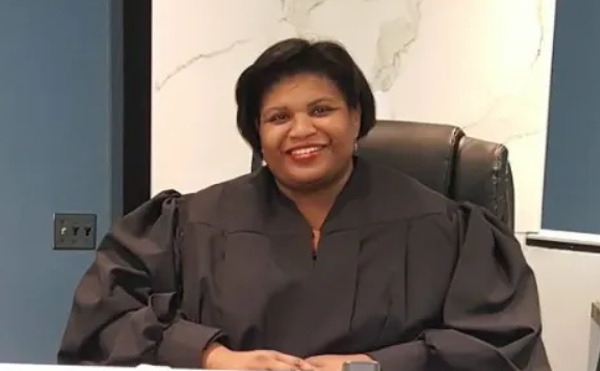“There’s a right way and a wrong way to do something like the Mayan culture or the Incas or the Aztecs,” says Gary Trousdale, director of Disney’s Atlantis: The Lost Empire (opening nationwide June 15). “With Atlantis, we’ve got a lot more freedom to make stuff up, because there is no one story. There are a lot of ideas, from the scholarly, scientific ones to tinfoil-hat-type conjectures. It gave us the chance to pick and choose the parts we liked — the living crystals that Edgar Cayce talked about, the idea that Atlantis was a mother civilization, which Ignatius Donnelly wrote about in 1882 — without treading on an existing or ancient culture and doing it a disservice.”
Verisimilitude isn’t an attribute necessarily associated with Disney, a studio known for its big-budget flights of fancy. Pearl Harbor (produced by the Disney shingle Touchstone) takes enough dramatic license with the 1941 attack to warrant a slew of commentary and interviews with historians and survivors. The animated film Pocahontas came under fire for rewriting and romanticizing another part of American history. While producing entertainment is Hollywood’s primary concern, this doesn’t mean that filmmakers are completely ignorant of history, just that they’re willing to sacrifice facts for drama.
So it’s surprising just how much research most filmmakers do, especially the team behind this animated adventure whose subject matter is one of the great mysteries of the ancient world. They open Atlantis: The Lost Empire with a quote from Plato — “In a single day and night of misfortune, the island of Atlantis disappeared into the depths of the sea” — then dive into an imaginative conjecture about a technologically advanced culture which nearly destroyed itself.
“The Atlantean mythology [we created],” explains producer Don Hahn during a visit to Detroit, “is full of things that exist in other people’s mythology. You’re dealing with water and bright light and fire. Those things show up in other cultures and other religions because we, as human beings, relate to those things. Light has an effect over us — darkness has an effect over us. Light, darkness, paint, color, those are the tools of the artist and those are the things we work with too.”
“Certainly, there were metaphors sprinkled throughout,” continues Trousdale, “like the idea of the crystal as a huge power force that destroys them. At one point, we referred to the crystal as Atlantean plutonium. There are parallels like that, but we’re not trying to teach. If you try to be educational, or to really layer on a theme or point like that, the audience can smell it in a minute. It stops being fun and it starts being school.”
The actual feel of this film, say Hahn and Trousdale, came from another Disney tradition: fantastical adventures such as 20,000 Leagues Under the Sea (1954), Swiss Family Robinson (1960) and In Search of the Castaways (1962). To use a Disneyland analogy, the filmmakers were looking to take audiences on a trip through Adventureland. With the advances in animation technology, directors Trousdale and Kirk Wise (Beauty and the Beast, The Hunchback of Notre Dame) could make it a truly thrilling ride.
“It’s the history of the Disney studio that every movie is pushed a little bit more,” says Hahn (The Lion King). “We always try not to use technology for technology’s sake, but use it to tell the story. It does keep us on our toes because it’s changing really quickly. Halfway through this movie, we had to stop and retrench because the technology had changed. The old software that we built the submarine on wasn’t valid anymore, so we had to rebuild it all. It’s very fugitive and fast-paced and it’s hard to keep up with, but when it works, it’s really amazing.”
“It doesn’t make things easier, either,” adds Trousdale. “People think, ‘Wow, put it on a computer and you push a button and it comes out.’ That’s not the case. It’s just as time-consuming, just as expensive and just as difficult. In the event that something does become easier to do — we can do multiple characters now that to draw by hand would be very time-consuming — our appetites expand. Kirk and I aren’t happy unless we can crash the system at least once.”
The filmmakers set their story in 1914, when a group of American explorers penetrate the protective bubble of the underwater utopia Atlantis to capture the secrets of this “lost empire.”
“We like that time period,” says Trousdale, “because it was such a crossroads of innovation and technology.”
Hahn concurs: “It was prior to World War I, when the sobriety of what machines can do as killing forces became apparent,” and continues, “there was still an optimism and heroism about machines: that we can do anything and build anything. The industrial age was at its height in that era.”
Hahn and Trousdale explain that those years were also the last gasp of the kind of large-scale expeditions which would eventually map the most remote corners of the world. In Atlantis: The Lost Empire, they sought to capture the romance inherent in exploration, and the belief that fantastical civilizations were waiting to be discovered.
Trousdale sums it up nicely: “There were still a lot of frontiers.”
Click here to visit the official Atlantis: The Lost Empire Web site.
Serena Donadoni writes about film for the Metro Times. E-mail her at [email protected]




